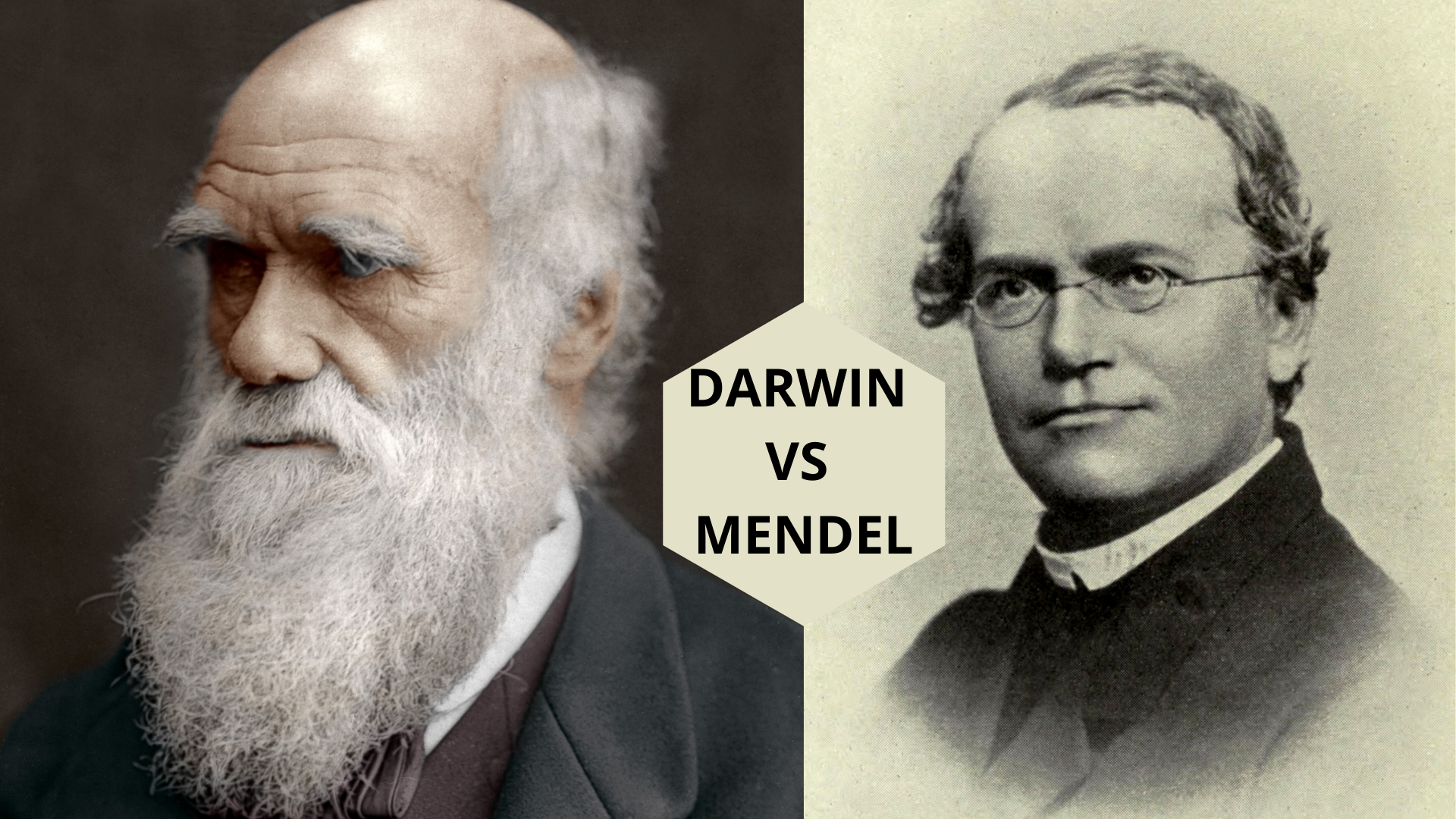“The whole subject of inheritance is wonderful”, wrote Charles Darwin in 1868. Darwin admitted, however, that the biology of his day provided no solution for what continued for many years to be called the “riddle of heredity”.
While Darwin was writing this work, a monk and biologist Gregor Mendel was doing experiments with peas and he was beginning to unravel the riddle of heredity. His work became known around 1900 and the concept of the gene was developed. Today we still use the gene terminology and the genome (where the genes of a species are situated on which chromosomes or on the specific loci) of a lot of species are fully understood and described.
Mendel worked on what we call today the single gene inheritance. In other words, where the gene is inherited in a predictable statistical ratio and the expression of the characteristic controlled by the gene can be easily recognized.

Locus: Where a specific gene is situated on a chromatid of a chromosome.
Loci: Plural of Locus
Genome: The genetic makeup of specie. That will give you the full picture of where genes are situated on which chromosome and their location on the chromosome.
However, most of the genes responsible for production characteristics in farm animals are controlled by a lot of genes. The selection for such production traits is much more complicated. Scientists have developed many methods during the past years with which they can eliminate the concealing environmental aspects with complicated statistical calculations and are now able to come up with breeding values that can predict quite accurately how a breeding animal will breed. They also developed analytical skills with which they can determine the generic profile of any individual animal. In the future, it seems that these DNA profiles will be used to predict an animal’s breeding abilities.
Click here to view a video that explains how Mendel's pea plants helped us understand genetics.
Click here to view a video that explains using Nuclear science to improve animal breeding.